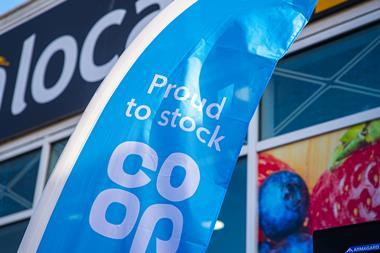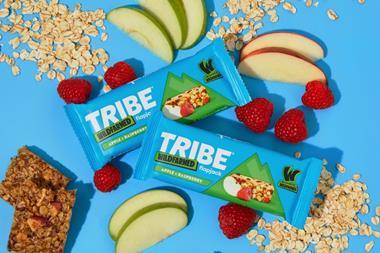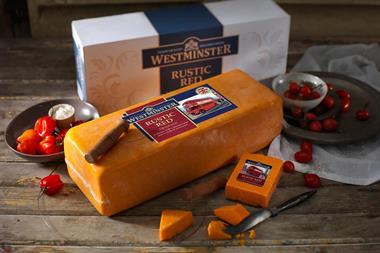The world’s biggest food manufacturers benefitted from a sharp fall in ingredients costs last year while retail prices increased.
During 2009, the cost of raw materials for the world’s 50 biggest fmcg companies fell, on average, by 20.8%, according to strategy consultants OC&C’s Top 50 FMCG Champions 2010 report. However, total grocery and beverage prices rose by 1.1% during the year.
Commodity deflation last year had allowed manufacturers to buffer profit margins during 2009 as there was a time lag before changes in commodity costs were passed on, according to OC&C.
“For the first half of 2009, that was a helpful factor for the industry to maintain profitability,” said OC&C partner Will Hayllar.
Average operating profit margins were down slightly last year, to 17%, from 17.4% the previous year. However, underlying operating margins improved by 0.6 percentage points, with gross margins increasing by 0.5 percentage points, as producers capitalised on the commodity-driven cost decreases.
The fall in commodity prices last year was in sharp contrast to 2007 and 2008, when commodity prices soared by 25.8% and 24.2% respectively, and consumer prices rose 3.5% and 6.4%.
Although shoppers had not benefited from lower commodity prices last year, they could expect a flurry of promotional activity in the months ahead, as suppliers came under pressure from retailers to pass savings on through the supply chain, said Hayllar.
With commodity costs beginning to creep back up, price cuts were likely to be short term and suppliers would probably elect for promotions rather than price cuts on a more permanent basis. “It will be a fairly gradual effect, category by category, business by business,” Hayllar added.
Commodity prices were only one part of manufacturers’ costs and other factors would also have an impact, added OC&C.
Close menu
- Home
- Retail & Wholesale
-
Products & Suppliers
- Back to parent navigation item
- Products & Suppliers
-
Product Categories:
- Back to parent navigation item
- Product Categories:
- Alcoholic drinks
- Bakery
- Cereals & breakfast
- Cheese
- Chicken & poultry
- Chocolate
- Confectionery
- Crisps, nuts & snacks
- Dairy
- Fish
- Fresh produce
- Frozen
- Household
- Meat
- Own Label
- Sauces & condiments
- Seasonal
- Soft drinks
- Vaping
- Vegan & plant-based
- World foods
- Suppliers
- People
- Reports & Data
-
Topics A-Z
- Back to parent navigation item
- Topics A-Z
-
Popular topics:
- Back to parent navigation item
- Popular topics:
- Cost of living crisis
- Crime
- Deposit Return Schemes
- Finance
- Government & Regulation
- Health
- Inflation
- Loyalty
- Marketing
- Mergers & Acquisitions
- New Product Development
- Sourcing
- Supply chain
- Sustainability & environment
- Technology
- Ultra Processed Foods
- Vaping
- A-Z all topics
- Content by type:
- Events
- Subscribe now



![XOXO-Product-Shot[ALL FLAVOUR]-Sky-1920x1080](https://dmrqkbkq8el9i.cloudfront.net/Pictures/274x183/4/9/2/355492_xoxoproductshotallflavoursky1920x1080_806584_crop.jpg)





![XOXO-Product-Shot[ALL FLAVOUR]-Sky-1920x1080](https://dmrqkbkq8el9i.cloudfront.net/Pictures/380x253/4/9/2/355492_xoxoproductshotallflavoursky1920x1080_806584_crop.jpg)



